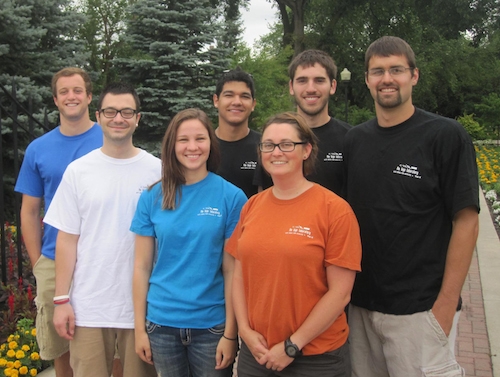Arts & Sciences Magazine Spring 2014

Going Global
Nowadays, it seems like everybody’s going global. Here in the College of Arts and Sciences, we’re doing our part to cross the continents, too, with faculty and students making their mark in more places than we can mention in a single article.
Read more